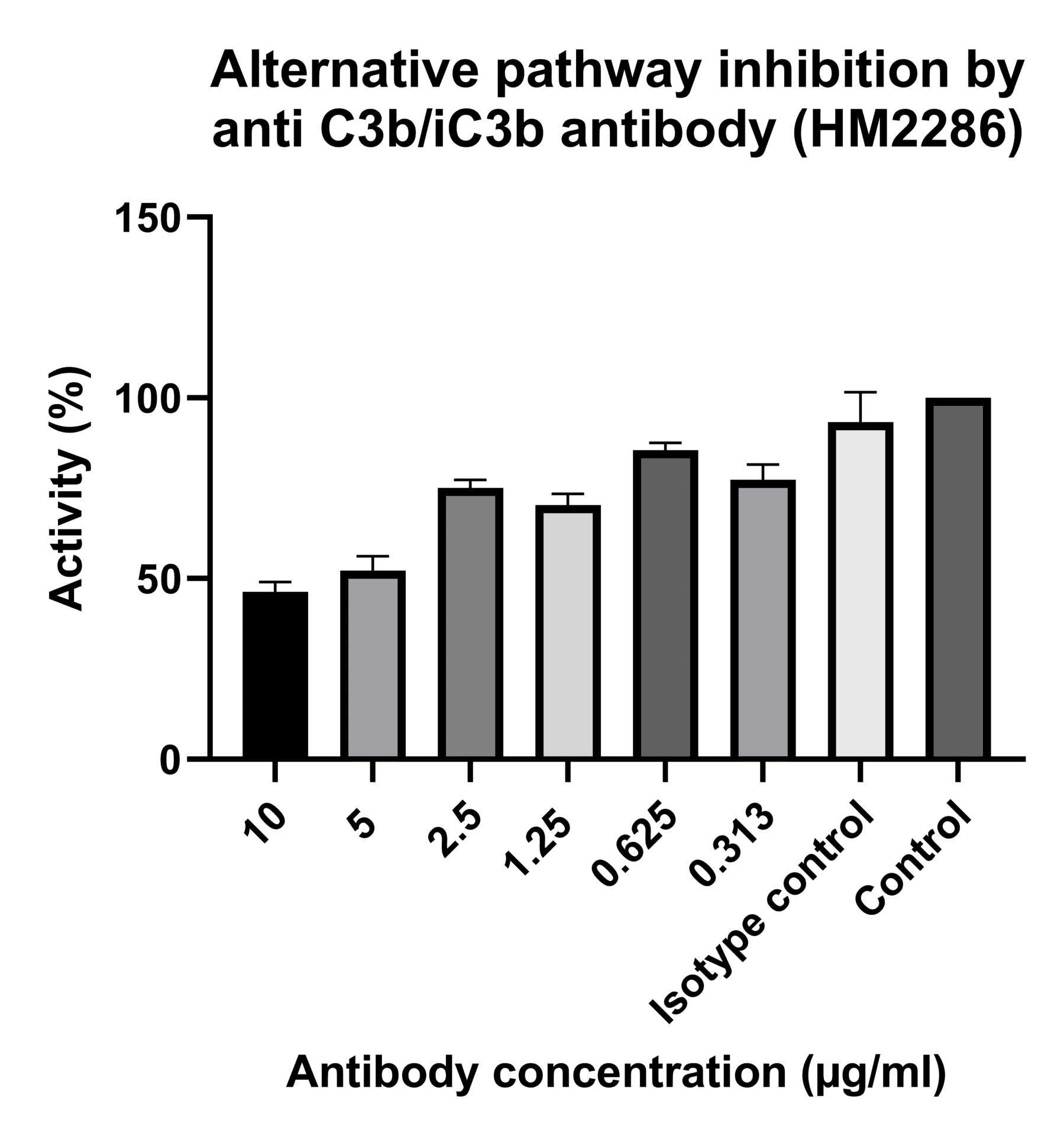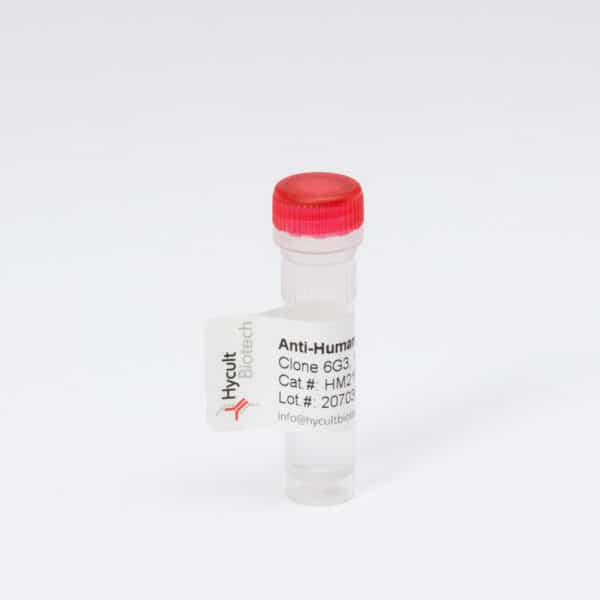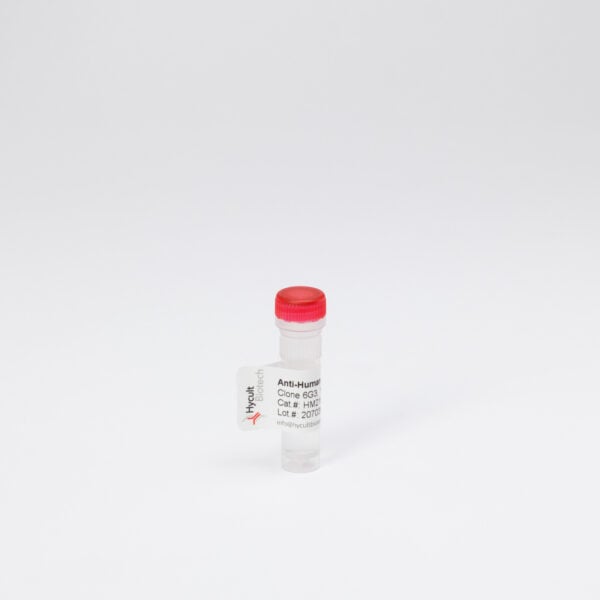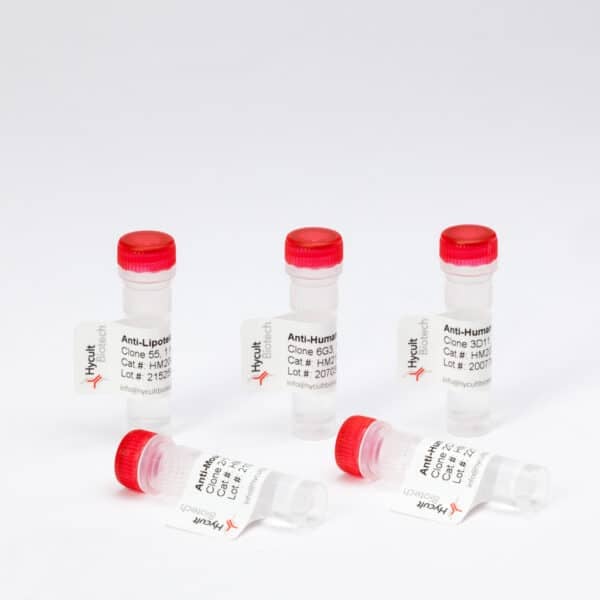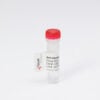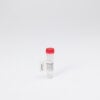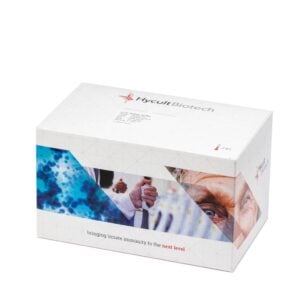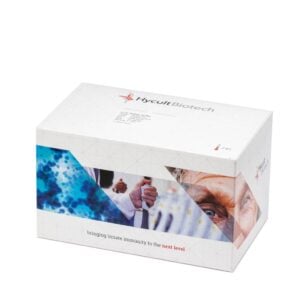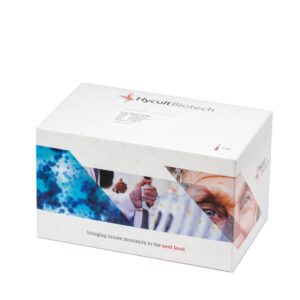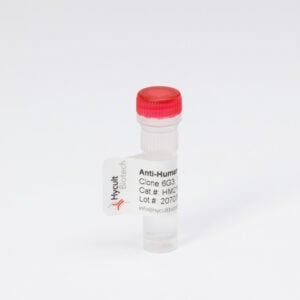C3b/iC3b, Human, mAb 3E7
Monoclonal antibody 3E7 recognizes human complement C3b/iC3b and blocks activation of the alternative pathway (AP).
Antibody 3E7 shows enhanced specificity for C3b(i) attached to a cell surface and it can bind to C3b(i)-opsonized cells in whole blood. The antibody blocks AP based on its capacity to prevent C3b deposition on the surface of a variety AP activators and also inhibits AP-promoted lysis of rabbit erythrocytes, as used in the standard AP50 test. Clone 3E7 competes with factor B and H for binding to C3b-opsonized substrates. The use of 3E7 has been shown to enhance the immunotherapeutic action of Rituximab. The Classical Pathway is not affected or enhanced by this antibody.
Read more€133.00 – €8,873.00
Understanding the Complement System: The Role of C3b/iC3b in Immune Response
The complement system is integral to both innate and adaptive immune responses, capable of producing an inflammatory and protective reaction against pathogens. This system operates via three pathways of complement activation: the classical pathway, initiated by immune complexes; the lectin pathway, triggered by surface-bound mannan-binding lectin; and the alternative pathway (AP), which activates on unprotected surfaces. Each of these pathways generates a C3 convertase, a serine protease that cleaves C3, resulting in the formation of the crucial fragment C3b, a component central to understanding the C3b/iC3b dynamic.
The Dynamics of C3b and iC3b in Complement Activation
Upon activation, C3 splits into two fragments: the smaller anaphylatoxin C3a and the larger, short-lived C3b. C3b is highly reactive, binding to complement-activating particles or immune complexes. In contrast to the classical pathway, the AP is continuously active, playing a significant role in tissue damage and inflammation in autoimmune diseases and ischemia-reperfusion injury. Recent evidence suggests that inhibiting AP activation could reduce certain disease pathologies while maintaining the host defense mechanisms provided by the classical and lectin pathways.
The inhibition of the alternative pathway at C3b and iC3b can be measured with the Alternative Pathway Assay (HK3012).
The Clinical Implications of C3b and iC3b
C3b is a substance that can attach to the surfaces of cells. When this happens, it can mark the cells for destruction – a process known as opsonization. However, once C3b is attached to a cell, it can change into different, inactive forms. The most important of these is iC3b, followed by C3dg. This change from C3b to iC3b is very important because it helps control how active the complement system is. The complement system is a part of our immune system that helps fight diseases. By understanding how C3b changes into iC3b, scientists can find new ways to treat diseases where this part of the immune system is involved.
Not sure which C3 antibody to use?
With numerous options available, it is essential to select the right C3 antibody to ensure the success of your research. We designed a guide to assist you in making an informed decision:
Go to our C3 researcher’s guide and choose the right antibody
You may also like…
-
View product €756.00 – €1,223.00
-
C3d, Human, ELISA kit
Cross reactivityCynomolgus monkey – Yes, Horse – No, Mouse – No, Pig – No, Rat – NoView product €894.00 – €1,443.00 -
C3c, Human, ELISA kit
Cross reactivityCynomolgus monkey – Yes, Mouse – No, Pig – No, Rabbit – No, Rat – NoView product €825.00 – €1,359.00
You may be interested in…
-
View product €133.00 – €1,245.00
-
View product €133.00 – €414.00
-
View product €133.00 – €414.00
-
View product €133.00 – €414.00
